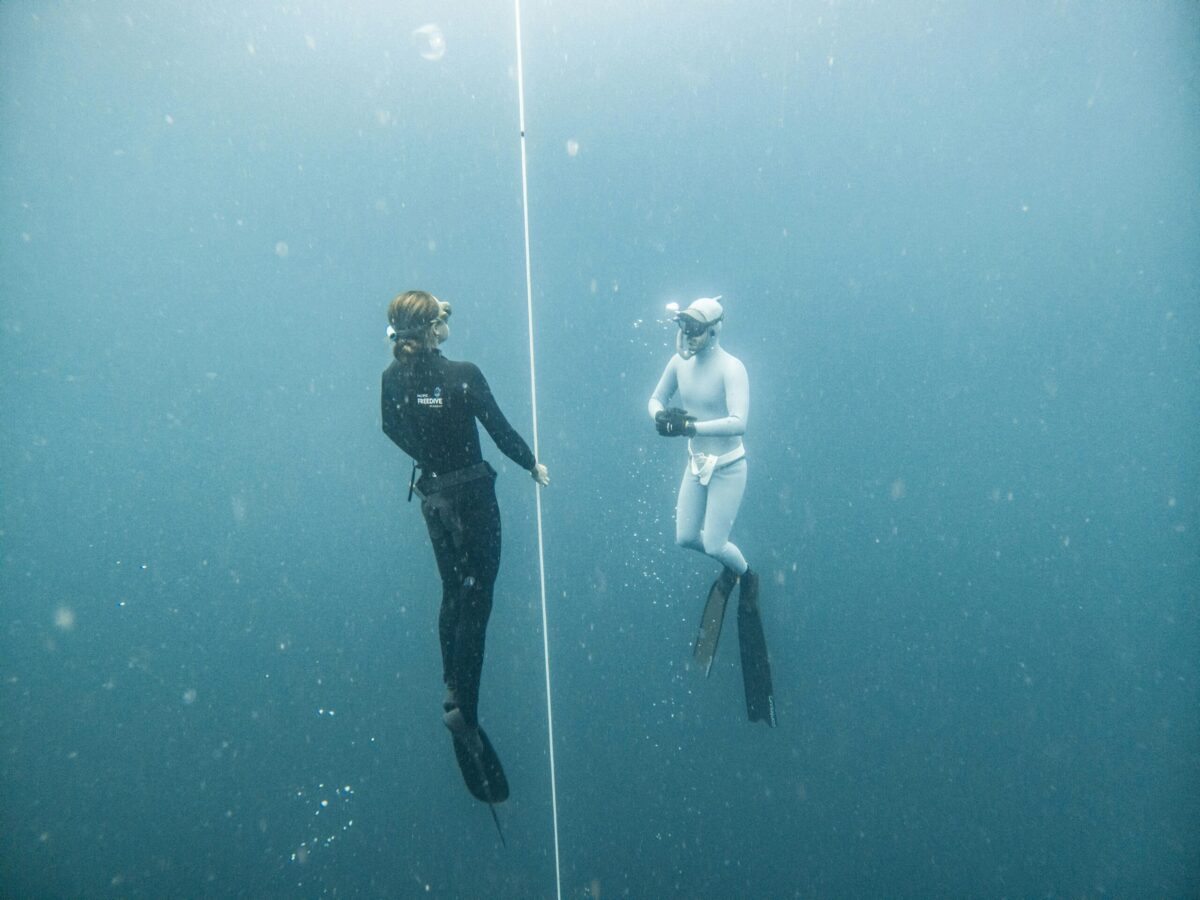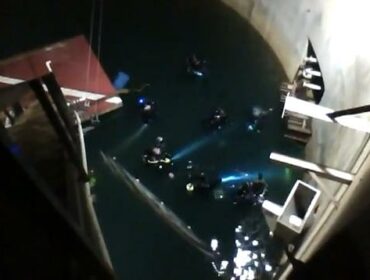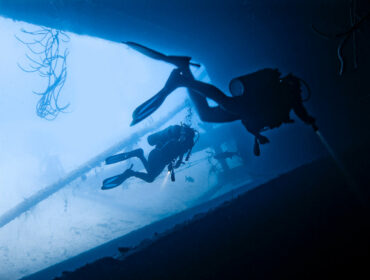There’s something a bit attractive, exciting and mysterious about diving deep, to or beyond a depth of 40 meters/ 130 feet the recommended edge of recreational diving. Intrigued with the challenge deep diving presents, divers are often tempted to take that all so thrilling plunge into the depths. However, descending below 40 meters with a single cylinder and standard recreational scuba diving gear isn’t brave nor exciting…it’s being stupid.
Among the first things divers learn is that gas consumption increases at depth. This factor alone influences the dive drastically and makes planning the dive all the more crucial. Recreational deep divers can take a cue from technical divers when it comes to planning their dives and start thinking tech.
For starters use the Rule of Thirds. Gas management for technical diving has its roots in cave diving. Cave divers live by the Rule of Thirds. That is-
- Use one third of your starting gas volume to enter the cave.
- Use the second third of your gas supply to exit the cave.
- Keep the final third of your starting gas volume in reserve in case the shit hits the fan.
In technical deep diving, this is referred to as the 150% Reserve Rule. In other words, if you think you will need 50 units of gas to accomplish a task, make sure you have 75 units available to do it. This approach generally provides a sufficient gas for a slow ascent and safety stop, providing everything goes as planned and there’s no need for long surface swims (in other words when your boat diving).
While having sufficient gas is important in recreational deep diving especially exceeding depths of 30 meters/ 100 feet, having sufficient gas does not mean that you will also have sufficient bottom time. Contingent to whether the dive you are planning is a repetitive dive, or you are using a Nitrox mixture with a higher concentration of nitrogen are must be taken to plan accordingly and keep close track of no-stop limits as your dive computer, dive planning software or the PADI Wheel suggests.
Before making that deep dive you should also evaluate the suitability of your scuba equipment for deep conditions. For example- Scuba diving regulators deliver denser air the deeper you go. However, a balanced regulator breathes consistently regardless of tank pressure and should be used in this case. Besides your standard extra second stage alternate regulator, a pony bottle that is an independent sir supply is a good way of being self-sufficient in the event of an emergency.
As part of the planning that is Deep diving another point to note is to consider the environment and conditions of the dive site as well as both your own and your buddy’s experience and training levels. Consider the more conservative divers personal limits when planning a deep dive.
As a last thought on diving deep on standard recreational gear, the risk of Nitrogen narcosis and decompression illness is increased, so diving deep just to go deep or to satisfy your curiosity may come at a price if not attempted with caution according to your experience and training.



